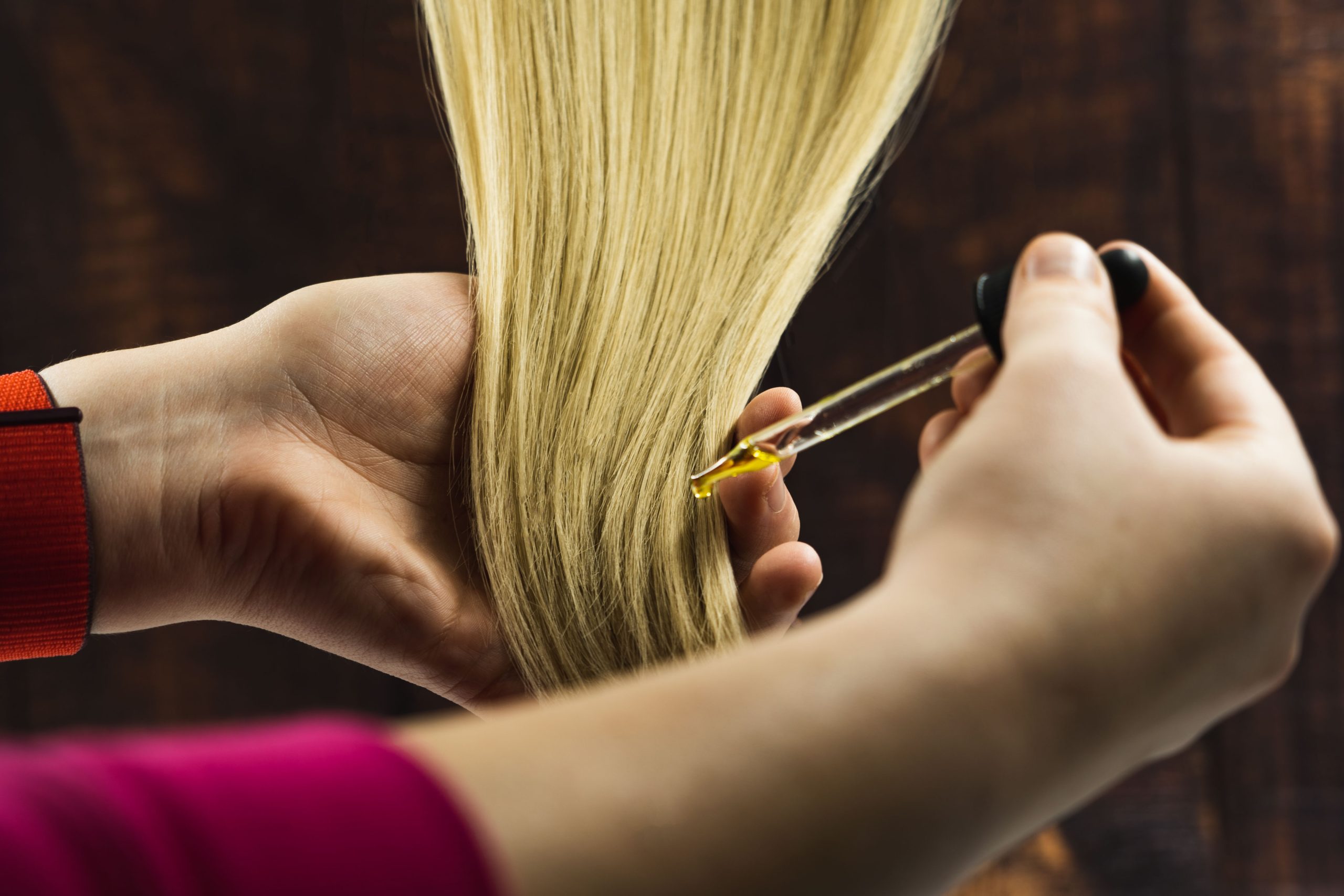 The way interim injunctions in intellectual property litigation are granted has recently seen a challenge to a core approach. The case of Silvermaple Healthcare Services Private Limited v Dr Ajay Dubey and Ors considered the relationship between intellectual property, confidentiality agreements and the rights of defendants involved in trademark infringement disputes.
The way interim injunctions in intellectual property litigation are granted has recently seen a challenge to a core approach. The case of Silvermaple Healthcare Services Private Limited v Dr Ajay Dubey and Ors considered the relationship between intellectual property, confidentiality agreements and the rights of defendants involved in trademark infringement disputes.
The defendant was a dermatologist employed by Silvermaple Healthcare Services Private Limited. The relationship was governed by a non-compete confidentiality agreement (NCCA) concluded in September 2011. This restricted the defendant from disclosing confidential information, engaging in competing businesses and soliciting employees and clients for a specific period after the termination of his employment.
In September 2022, the defendant resigned from the plaintiff’s business. He subsequently set up his own clinic, Evolved Hair Restoration India, offering hair transplant services that used a technique, direct follicle insertion (DFI). The plaintiff alleged that the defendant contravened the terms of the NCCA by actively soliciting its employees and clients, infringing the plaintiff’s registered trademarks and making derogatory remarks about the plaintiff.
The case involved such issues as whether the defendant breached a confidentiality agreement by disclosing confidential information and engaging in a competing business, and whether the use of the mark DFI by the defendant constituted trademark infringement of the plaintiffs’ direct hair implantation or DHI trademark.
Delhi High Court only examined whether, pending a decision on the interim injunction application, it should issue any directions. In citing a recent appellate bench order of 21 August 2023 in Dabur India Ltd v Emami Ltd, the court underscored the rights of defendants to respond before an interim injunction is granted in intellectual property litigation. The court analysed the case of Wander Ltd v Antox (India) Pvt Ltd to highlight the importance of differentiating those defendants already entrenched in the market from those yet to enter. The court emphasised that interlocutory injunctions are designed to safeguard plaintiffs against rights infringements that cannot be adequately remedied by damages. Where the defendant has an established market presence, the opportunity to respond is essential.
The court, in citing Dabur, highlighted the pivotal role of the timing of the case and the defendant’s prior use of the contested mark in determining whether an interim injunction should be granted. Where the defendant had used the mark prior to the plaintiff filing suit, the defendant must be given an opportunity to respond to the application.
The court found that as the defendant had been using the DFI mark for some time, he was entitled to respond to the application for an injunction restraining the use of that mark.
The court did address a number of concerns raised by the plaintiff, although many issues had been resolved for the time being. The defendant had removed challenged content from his social media accounts and had agreed not to criticise the plaintiff or its techniques online. The court considered some statements on the defendant’s website might not necessarily harm the plaintiff. However, more complex matters, such as the alleged breaches of agreements and competition among dermatologists in the Delhi National Capital Region, required further consideration and argument. The court did not deliver a final judgment, emphasising the need for better examination of evidence and the law before issuing any interim order.
The judgment has significant implications for the grant of interim injunctions in intellectual property cases. In the past, courts often granted interim injunctions without notice, even when defendants had a history of using the disputed trademark. This case suggests a possible re-evaluation of this approach. It remains to be seen whether courts will now be less inclined to grant interim injunctions without notice, instead giving defendants an opportunity to respond before granting such orders. This may be especially so where defendants have histories of using the disputed mark. However, this judgment may not be authoritative where there is clear infringement of the plaintiff’s trademark that leaves no doubt in the court’s mind.



